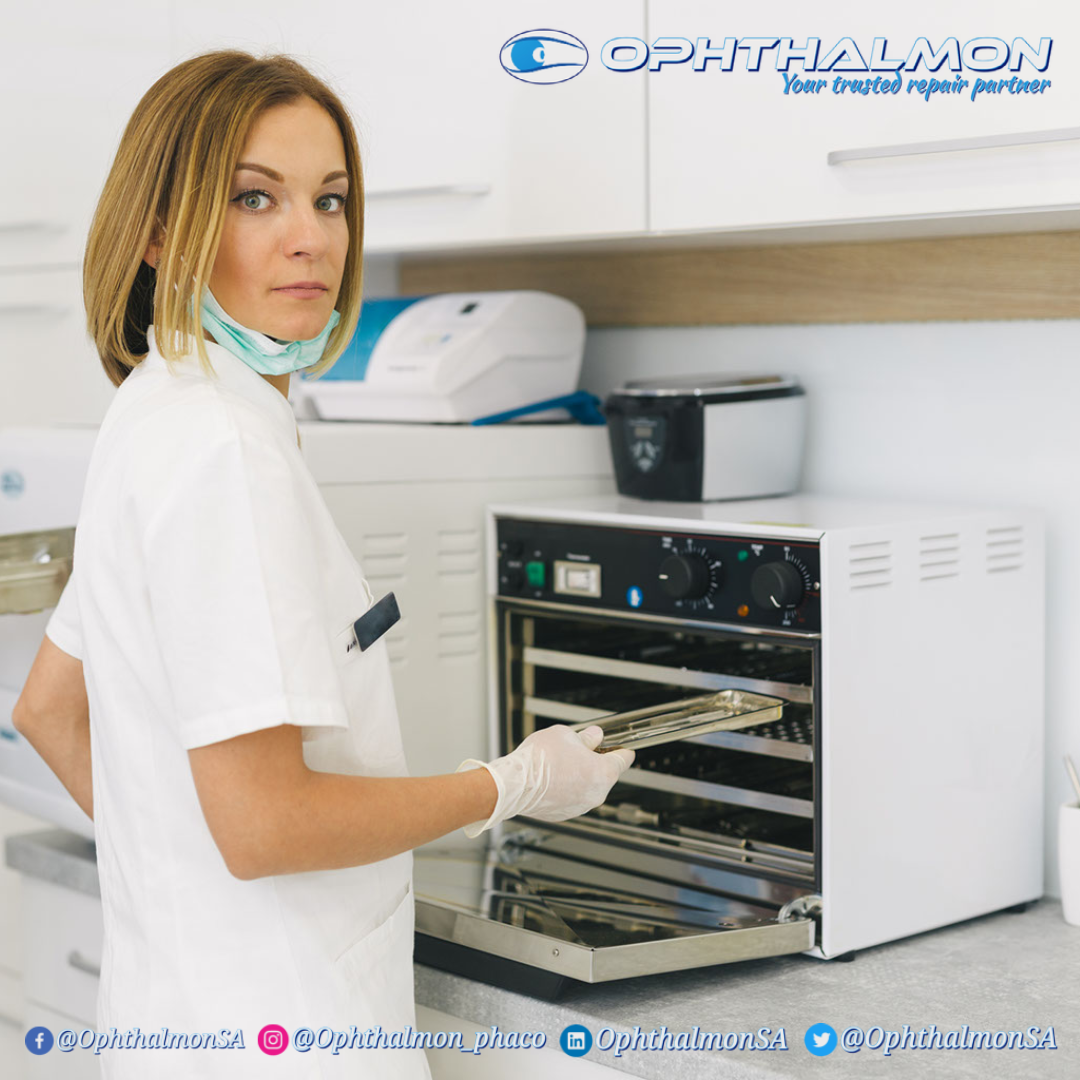As healthcare professionals, it is crucial to maintain the highest levels of hygiene in order to provide top-notch patient care. In the field of ophthalmology, one aspect of maintaining cleanliness and preventing the spread of infection is through the proper sterilization of surgical instruments. Sterilization is the process of eliminating all forms of microorganisms, including bacteria, viruses, and fungi, from a surface or object. This process is extremely important in the context of surgical procedures, as any kind of bacterial or fungal contamination can lead to serious complications for the patient. It is, therefore, essential for healthcare professionals to be knowledgeable about the various methods of sterilization and ensure that they are following them thoroughly.
In this blog post, we will be exploring ophthalmology surgical instruments sterilization in depth. We will discuss the different methods of sterilization commonly used in ophthalmology, such as steam, dry heat, and chemical sterilization, as well as their advantages and limitations.
1. Appropriate sterilization methods
Choosing appropriate sterilization methods is of utmost importance in ensuring the safety and efficacy of ophthalmology surgical instruments. The selection of sterilization methods must take into account the characteristics of the instruments, the type of procedure being performed, and the safety standards mandated by regulatory bodies. The most commonly used sterilization methods in ophthalmology include steam autoclaving, chemical sterilization, and gas sterilization. It is important to note that some instruments are not compatible with certain types of sterilization methods, and improper selection of sterilization methods can lead to instrument damage or compromise the sterility of the instruments. Proper training and education must be provided to personnel responsible for sterilization to ensure appropriate selection and use of sterilization methods.
2. Handling and storage
Proper handling and storage of surgical instruments is crucial in ensuring their longevity, reducing the risk of cross-contamination and maintaining their functionality. First, it is essential to handle surgical instruments with care to avoid damage or breakage. When using these instruments, it is also vital to only touch the parts intended for use and avoid contact with other surfaces. After use, instruments should be thoroughly cleaned and disinfected using recommended methods and solutions. Additionally, properly dried and sterilized instruments should be stored in a clean and dry place, protected from dust, moisture, and other potential sources of damage. Properly labeling the instruments, organizing them in trays, and covering them with sterile wrap adds an extra layer of protection, ensuring that the instruments are ready for use when needed. In summary, the proper handling and storage of ophthalmology surgical instruments are critical steps in maintaining their safety and effectiveness in surgical procedures.
3. Use of indicator strips
One of the critical steps in ensuring efficient sterilization of ophthalmology surgical instruments is the use of indicator strips. These strips measure the effectiveness of the sterilization process by indicating the presence or absence of specific chemical indicators. Indicator strips rely on the concept of steam penetration and are placed within the instrument pack, providing information about the temperature, chemical agents, and duration of the sterilization process. Upon completion, the strips change color, indicating the effectiveness of the sterilization procedure. By using indicator strips, ophthalmic surgical instruments can be safely sterilized, preventing the spread of infections and ensuring the safety of both patients and healthcare providers. It is important to note that the accuracy of indicator strips may vary depending on the brand and type of sterilizer used. Regular calibration and maintenance of the sterilization equipment is essential to ensure the accuracy and reliability of the indicator strips.
4. Regular maintenance and inspection of sterilization equipment
Regular maintenance and inspection of sterilization equipment is a crucial aspect of ensuring a safe and effective sterilization process for ophthalmology surgical instruments. It is recommended to schedule routine maintenance on a monthly basis, with a detailed inspection every six months. This includes a thorough review of all equipment components and their functionality, as well as calibration checks on instruments such as autoclaves and ultrasonic cleaners. Any worn or faulty components should be replaced immediately to avoid compromising the sterilization process. It is also important to document all maintenance and inspections, including repairs and replacement parts to ensure compliance with regulatory standards and to aid in tracing the sterilization process in case of product recalls or investigations. Regular maintenance and inspection will not only ensure proper functioning of sterilization equipment but also help to maintain a high level of patient and clinician safety.
5. Documentation
Documentation of sterilization processes is an essential aspect of ensuring regulatory compliance in ophthalmology surgical instruments sterilization. The documentation provides the necessary evidence that the sterilization process was performed correctly and in accordance with the established standards. It also serves as a record of the sterilization process, which can be used to trace any sterilization issues or potential non-compliance events. The documentation should include the details of the sterilization parameters such as temperature, pressure, and duration for each cycle, and should be maintained for each individual instrument or set of instruments. The documentation should also include the results of any quality control testing performed to verify the effectiveness of the sterilization process before the instrument is used in surgery. Proper documentation of sterilization processes is a critical component of regulatory compliance and must be given the necessary attention and care to ensure the safety of patients and staff in ophthalmology surgical settings.
In conclusion, proper sterilization of ophthalmic surgical instruments is crucial to ensure patient safety and prevent infections. Implementing a standardized process for cleaning, sterilizing, and storing these instruments is essential in maintaining their effectiveness and longevity. Healthcare professionals must adhere to strict protocols to minimize the risk of contamination and prevent avoidable complications. With the use of modern sterilization technologies and vigilant adherence to protocols, ophthalmic surgical instruments can be effectively sterilized to provide optimal surgical outcomes for patients.

